The Yonaguni Monument
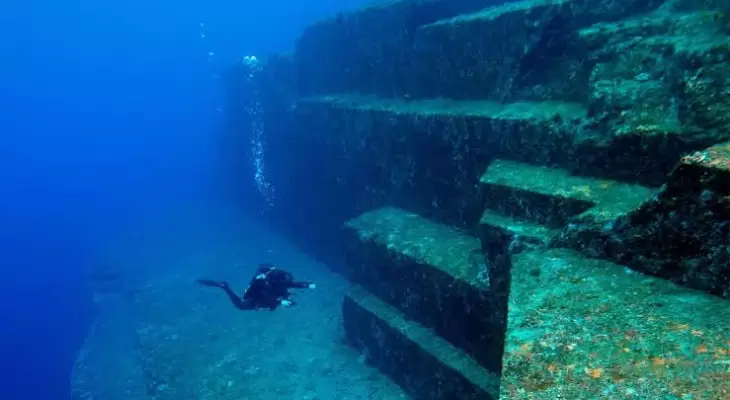
Holiday Ayo - The Yonaguni Monument, is a submerged rock formation off the coast of Yonaguni, the southernmost of the Ryukyu Islands, in Japan. It lies approximately a hundred kilometers east of Taiwan.
Marine geologist Masaaki Kimura claims that the formations are man-made stepped monoliths. These claims have been described as pseudo archaeological.
Neither the Japanese Agency for Cultural Affairs nor the government of Okinawa Prefecture recognizes the features as important cultural artifacts and neither government agency has carried out research or preservation work on the site.
The sea off Yonaguni is a popular diving location during the winter months because of its large population of hammerhead sharks.
In 1986, while looking for a good place to observe the sharks, Kihachiro Aratake, a director of the Yonaguni-Cho Tourism Association, noticed some singular seabed formations resembling architectural structures.[4] Shortly thereafter, a group of scientists directed by Masaaki Kimura of the University of the Ryūkyūs visited the formations.
The formation has since become a relatively popular attraction for divers despite strong currents.
In 1997, Japanese industrialist Yasuo Watanabe sponsored an informal expedition including pseudoarchaeology writers John Anthony West and Graham Hancock.
Another notable visitor was freediver Jacques Mayol, who wrote a book on his dives at Yonaguni.
The formations are located below Arakawabana cliff which is the southern tip of Yonaguni island, with its main face oriented south-southeast.
It is composed of medium to very fine sandstones and mudstones of the Lower Miocene Yaeyama Group believed to have been deposited about 20 million years ago.
Most of the rocks in the formations are connected to the underlying rock mass (as opposed to being assembled out of freestanding rocks).
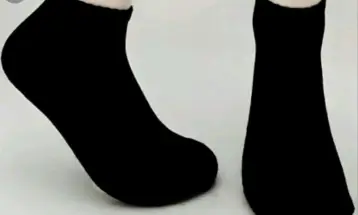
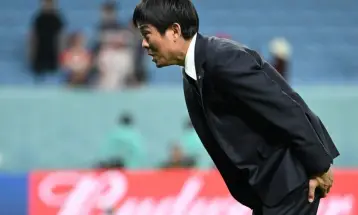
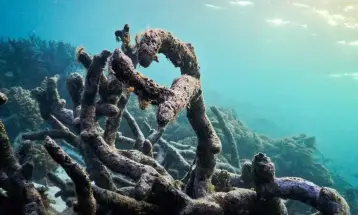



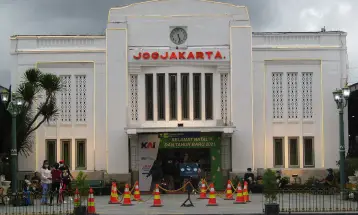

Leave a comment